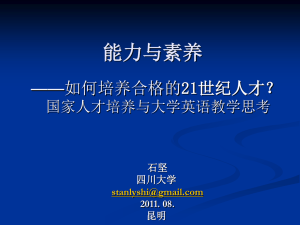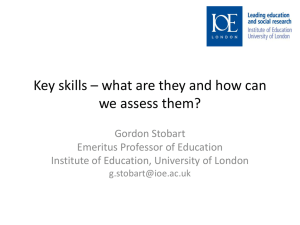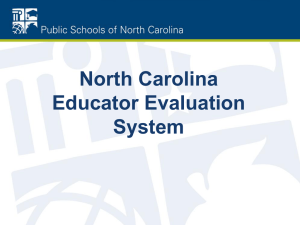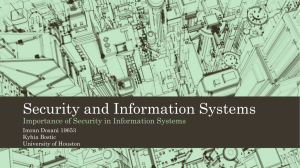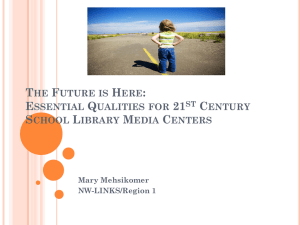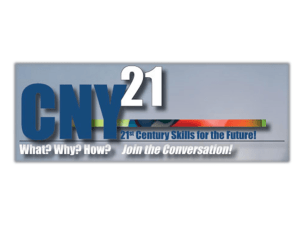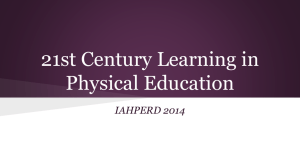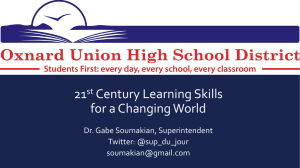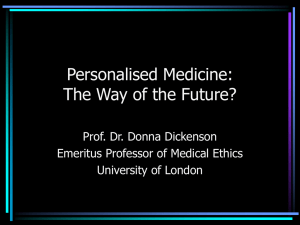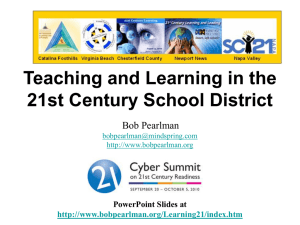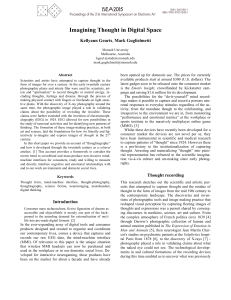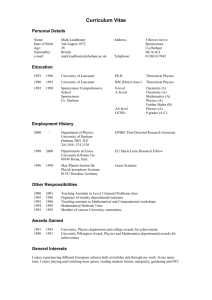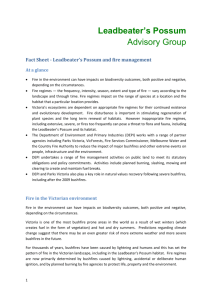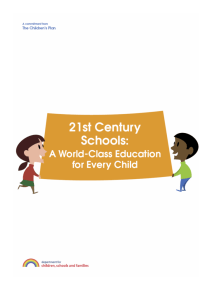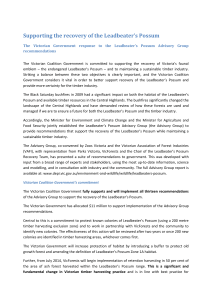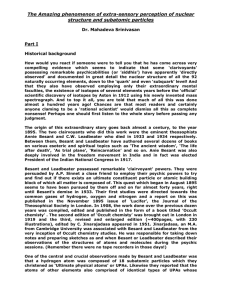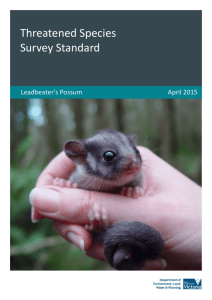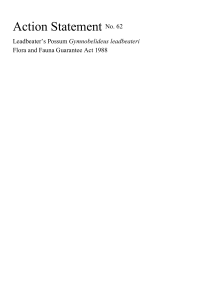Steve Wilson - A Leap For Principals
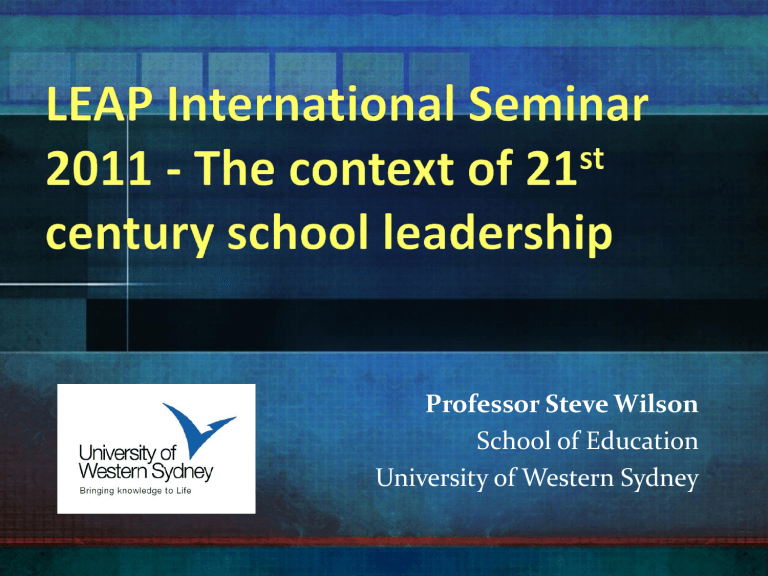
Professor Steve Wilson
School of Education
University of Western Sydney
Themes of the Seminar
Qualifications? Evidence of analytical thinking, breadth of understanding, capacity to use evidence: Masters level.
Accreditation? Based on key attributes and capabilities.
Portfolio relating to leadership, innovation, change agency and student outcomes.
Selection? As above; discerning a capacity for pedagogical leadership. What this is about is the focus of my presentation.
Framing the context of pedagogical leadership
The key challenge of 21 st century pedagogical leadership in schools is to facilitate the learning engagement of students so that they feel their learning is meaningful. At the same time, students need to experience intellectual challenge in their learning.
The key role of the pedagogical leader is to provide teachers with a supportive narrative that enables them to understand how, amongst confusing expectations, their work fits in with this goal, and how their work can be constructed to achieve these learning outcomes. This narrative needs to be around the evolving nature of 21 st century learning.
Nature of 20
th
century learning
Strengths of 20
th
Century learning – research findings into learning engagement
The “signature practices”, as summarised by Carrington
(2006, p.103), include:
Higher order thinking, holistic thinking, critical thinking, problem-solving and lifelong learning
Learner-centred (relevant and meaningful; connecting learning to students' lives outside of school)
Integrated and negotiated curriculum
Co-operative and collaborative learning
Authentic, reflective and outcomes-based assessment
Heterogeneous and flexible student groupings
Weaknesses of 20
th
century learning
Curricula not applied locally or contextually
Learning decontextualised; not problematised
Low levels of intellectual challenge for students
Acceptance of binaries – either / or; not sophisticated or useful
Lack of explicit teaching AND lack of student autonomy and creativity
Lack of student direction of
their learning
Lack of student learning motivation and engagement
Nature of 21st century learning
Past and Future Schooling
Learning feature
Where learning takes place
Who we learn from
Learning mode
When we learn
Assessment
How we learn
Funding
Standards/measures
Past
Mainly in schools
Teachers
Instruction
Future
In schools (including studio schools, learning villages and open campuses), cultural centres, businesses, virtual centres and other sites
Teachers, parents, other skilled adults, peers and social networks
Interaction, collaboration. More learning by doing and discovery
In school terms and hours. The lesson All the time, in different periods that more suit individual learning
End of the line. Focus on cognitive skills During learning for better learning. More peer-to-peer evaluation and self evaluation against learning plans. More focus on non-cognitive skills
In classroom, from books, whiteboards
To schools and school boards
Top down
More real world learning. Schools as productive units
More to pupils, learning and networks
More bottom-up targets and self evaluation
(Leadbeater, 2008, p.69)
Research into 21
st
Century Learning
Online Key resources: http://learning21c.wordpress.com/
UWS 21 st Century Learning research Blog iNET (International Networking for Educational Transformation) iNET Australia
Cisco Global Education Leaders Program https://www.transformglobaleducation.org
New Media Consortium Horizon Report– emerging technologies
Charles Leadbeater Home Page
Innovation Unit, UK
‘Personalised learning’ report from Futurelab
Research into 21
st
Century Learning
Books
Carrington, V. (2006). Rethinking middle years. Early adolescents, schooling and
digital culture. St Leonards, NSW: Allen
& Unwin.
Leadbeater, C. (2008). What’s next? 21 ideas for 21 st century learning. London:
The Innovation Unit.
Miliband, D. (2006). Choice and voice in personalised learning. In Organisation for Economic Co-operation and
Development (Ed.). Personalising
education. Paris: OECD.
‘Next practice’ pedagogies
Young people have the opportunity to:
Access and create knowledge
Build networks and learning communities
Frame learning around personal learning agendas
Help learning ‘come alive’ for children and young people.
Access and create knowledge
student-driven access to knowledge sites, and learning autonomy
skills development in applying quality criteria to knowledge sites
research-based approaches
problem and project–based learning
synthesis, reconstructing and publishing ideas
use of student-led blogs and wikis
Build networks and learning communities
group-based approaches
collaborative approaches within and between schools, and with community organisations
technology-enhanced project-based learning
emphasis on high level (quality) learning products
teacher as ‘leader-networker’ (classroom leader, co-learner, network facilitator)
Frame learning around personal learning agendas 1
Personalised learning (Miliband; Leadbeater)
Diagnosis of individual student needs;
Teaching learning strategies to respond to student needs, including teaching students to understand their own learning needs and take responsibility for them;
Curriculum choice, including breadth and personal relevance;
Reforming school organisation to accommodate above;
School-community and school-parent partnerships to drive above.
“Many of the basic building blocks of traditional education: the school, the year group, the class, the lesson, the blackboard and the teacher standing in front of a class of thirty children, have become obstacles to personalised learning” (Hargreaves 2005, p.7).
Frame learning around personal learning agendas 2
Expecting and maintaining academic quality AND relevance
Discussing learning as part of classroom activity
Listening to and incorporating student ideas about what and how to learn
Building learning on student prior knowledge, experience and interests
Facilitating student decision-making about learning
Framing learning as contextually meaningful and applied
Linking conceptually challenging material to everyday experience
Help learning ‘come alive’ for children and young people
Having students understand the purposes and goals of learning
Assist students in framing their own learning goals, and makes their own judgements about progress
Framing learning as creative, and as a discovery
Having learning be active, open-ended and problematised
Having personalised and networked approaches outlined above
As school leaders, how do we achieve sustainable changes in learning and pedagogy?
Innovation implementation is managed by a comprehensive team/s within the school
Has leadership with authority within the school
Driven by implementation plan with clear goals; embedded in school plan, including a component on how and when to scale up innovation if successful
External support strategically used
School (not externals) drives research and evaluation – particularly evidence about learning outcomes for students
School has a vision and plan about how innovation will continue once external funding / support is discontinued
